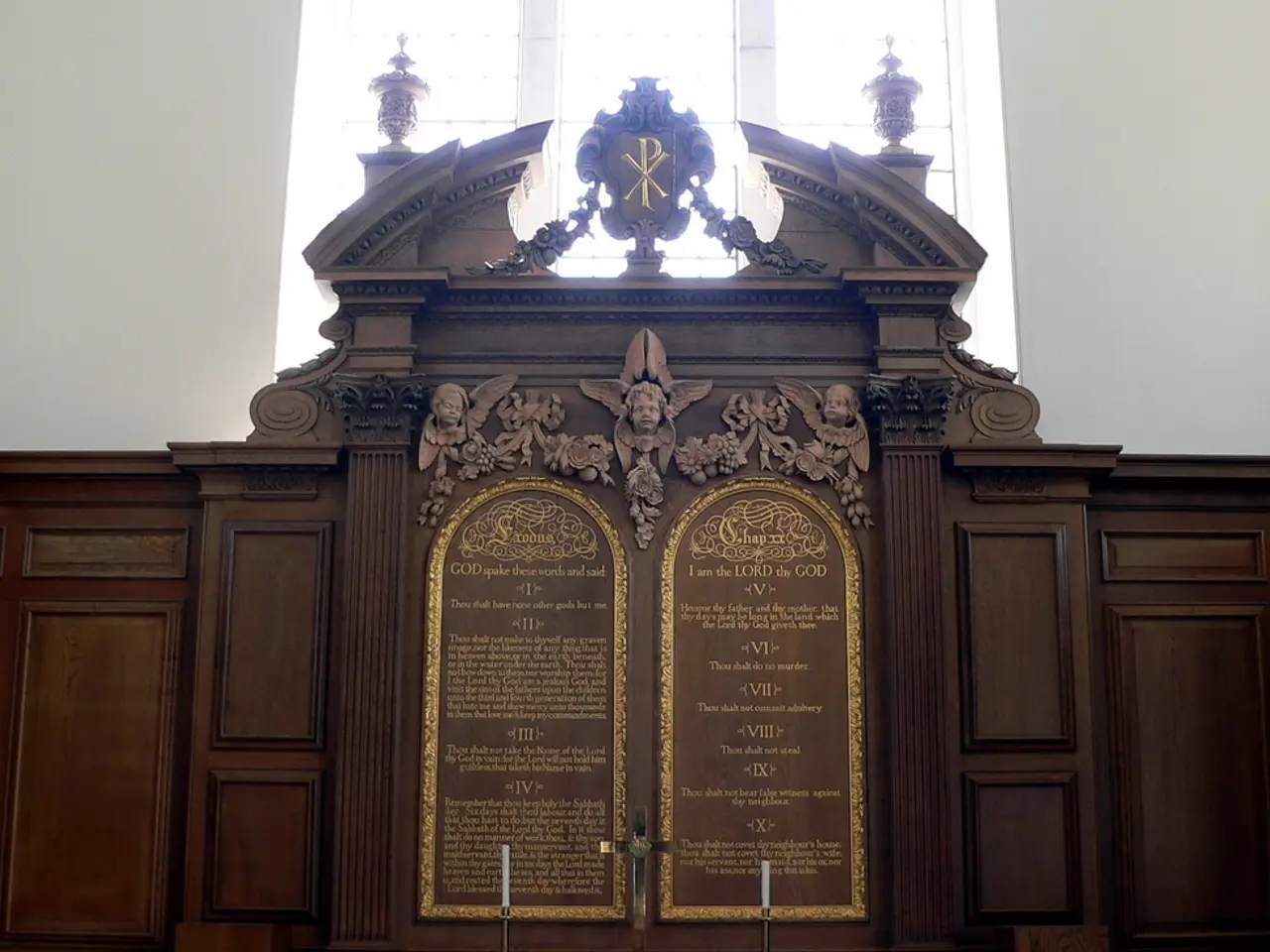Exploring Insights through Art: Incorporating Art Galleries into Your Academic Investigations and Learning Journey
The Princeton University Art Museum, nestled within the heart of the prestigious Ivy League institution, serves as a dynamic and versatile resource for students, transcending the boundaries of traditional art history.
Beyond its role as a repository of artistic masterpieces, ranging from Cézanne to Basquiat, the museum fosters interdisciplinary scholarship, experiential learning, and cultural studies. It achieves this through exhibitions, lectures, and collaborative programs with centres such as the Tang Center for East Asian Art and the Seeger Center for Hellenic Studies.
One of the key ways the museum supports broader research and studies is through interdisciplinary programs and lectures. The Tang Center, an affiliate of the Art Museum, facilitates scholarly exchange by organising lectures, film screenings, colloquia, and exhibitions that connect art with fields like Asian studies, history, and cultural anthropology. This invites students from diverse disciplines to engage with visual culture in broader contexts.
Princeton’s Seeger Center for Hellenic Studies takes this a step further by integrating museum visits and art historical content into interdisciplinary seminars and study-abroad programs. For instance, students in an Athens summer seminar are given the opportunity to engage with the Acropolis Museum’s exhibitions, linking art objects to political and cultural history.
The museum also provides research support across fields. Princeton’s library guides note that archaeological and historical resources connected with the museum's collections aid in studying the ancient Mediterranean and Near East from multiple disciplinary perspectives.
Moreover, the museum fosters collaborations and fellowships, with faculty and postgraduate research associates often bridging literature, history, and cultural studies through museum collections. These collaborations enrich cross-disciplinary inquiry.
Undergraduates have the best access to the collections of any public, with the Student Advisory Board for the Art Museum organising events throughout the year, including visiting artist lectures, guided tours, discussions, and galas.
Students can easily contact museum curators for insightful discussions about their research topics, and if they find something in the collections online that is not currently on view but which is useful for their research, the museum allows students to check out works.
Summer internships at the museum come with free housing, and applications open in January. During the academic year, the museum also hosts academic year internships where students work on projects with curators.
The Princeton University Art Museum is located directly on Princeton’s campus and is open to the public. It has been the recipient of multiple Andrew W. Mellon grants, which have supported its goal of using its collections to back the university’s missions in research and teaching.
Currently, the museum hosts an exhibition called "Nature's Nation: American Art and Environment." Applications for the Student Advisory Board are still open, and the annual winter gala focused on the current exhibition Nature and Nation was held on December 6th.
In conclusion, the Princeton University Art Museum stands as a testament to the power of art as a tool for interdisciplinary learning. It offers students a unique opportunity to engage with art in a way that extends beyond traditional art history, fostering a rich and diverse academic environment.
Engaging in independent work, students can easily contact museum curators for insightful discussions about their research topics, and if they find something in the collections online that is not currently on view but which is useful for their research, the museum allows students to check out works.
By participating in interdisciplinary programs and lectures through centers like the Tang Center and the Seeger Center, students from diverse disciplines can engage with visual culture while connecting it with fields like Asian studies, history, and cultural anthropology, thereby cultivating a lifestyle of education-and-self-development.




